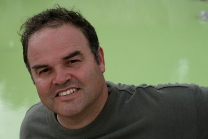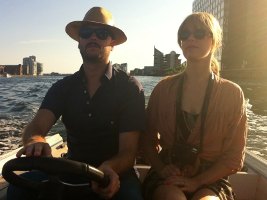
Bill Roper
Creativity Will Change the Model
Posted by Nov 08, 2011

Bill Roper
On behalf of the Orton Family Foundation, I was recently visiting communities in Montana and Colorado, assessing whether they would make good Heart & Soul Community Planning demonstration projects. Part of my message during this tour was that community building and planning is broken in the United States.
Approaches to engaging the public over the last 30 years have become top-down, tired, and seemingly irrelevant. Who wants to come to a meeting to provide input on a plan developed behind closed doors and when it’s pretty clear a decision has already been made? Who ever catches the notices in the newspaper or on the bulletin boards that all look the same, are always in the same places and use technical or hot button words like updates, zoning, transportation trip levels, etc.?
In a country that expects another hundred million people by 2050, we’ve got to wake up and shake up the usual way of doing business.
To move from the left brain to the right brain, to excite people and entice them or inspire them to participate, to open up the government model and build on the assets found in our human, social, and natural landscapes. Art and the creativity it embodies and unleashes can play a critical role in this regard.
Read More













